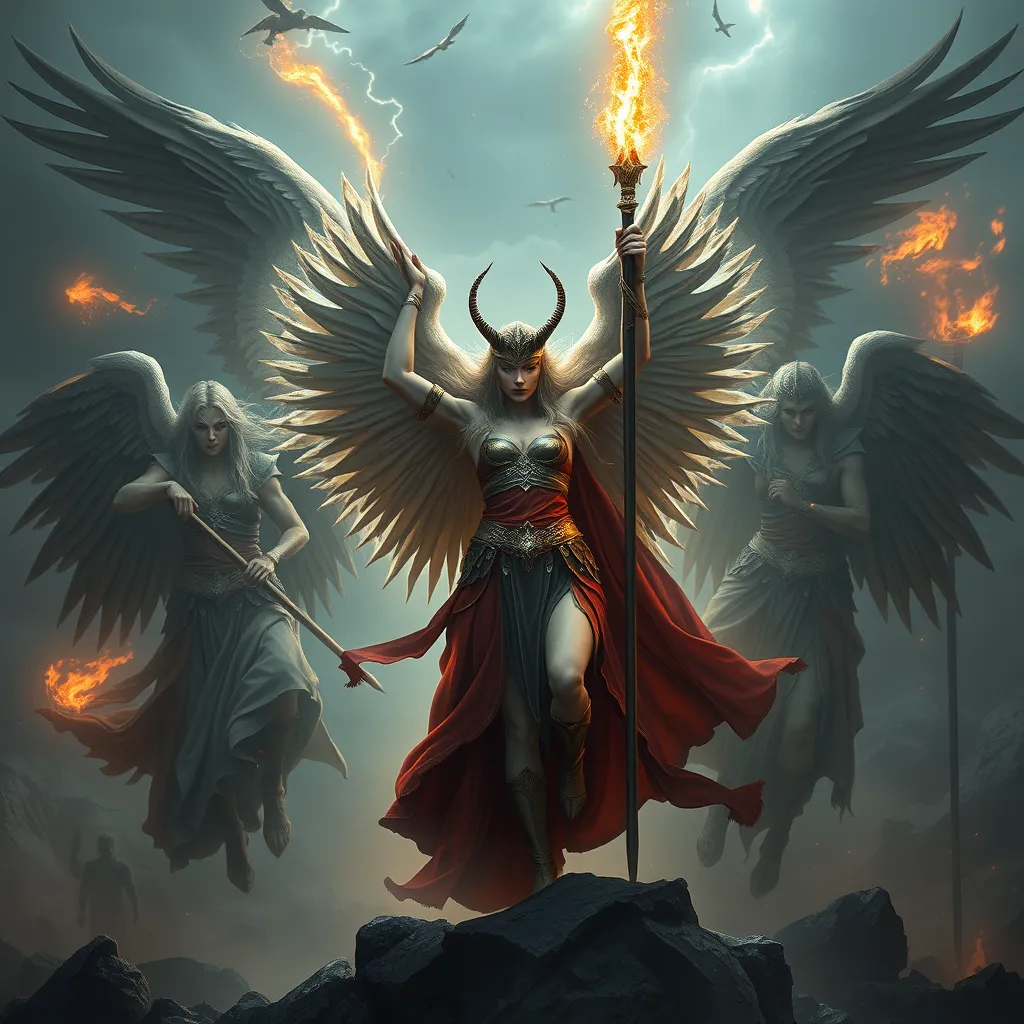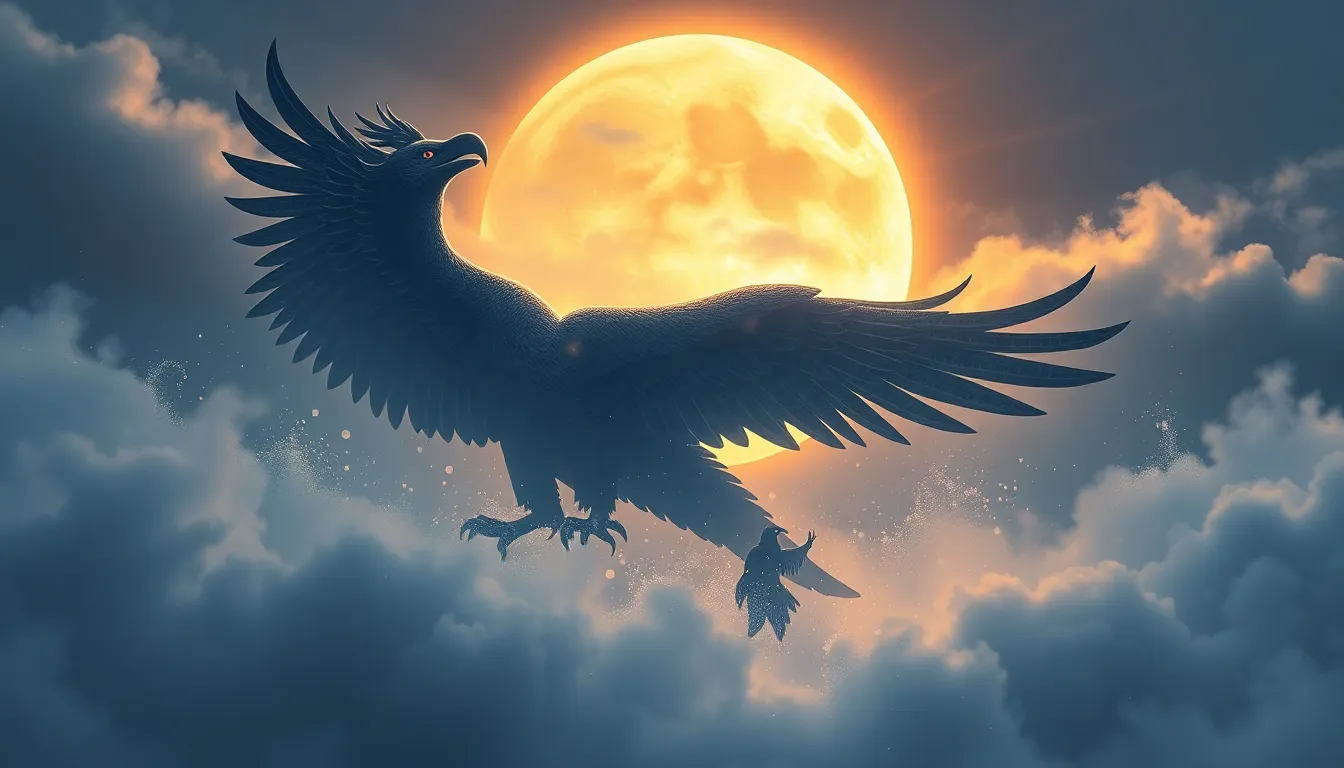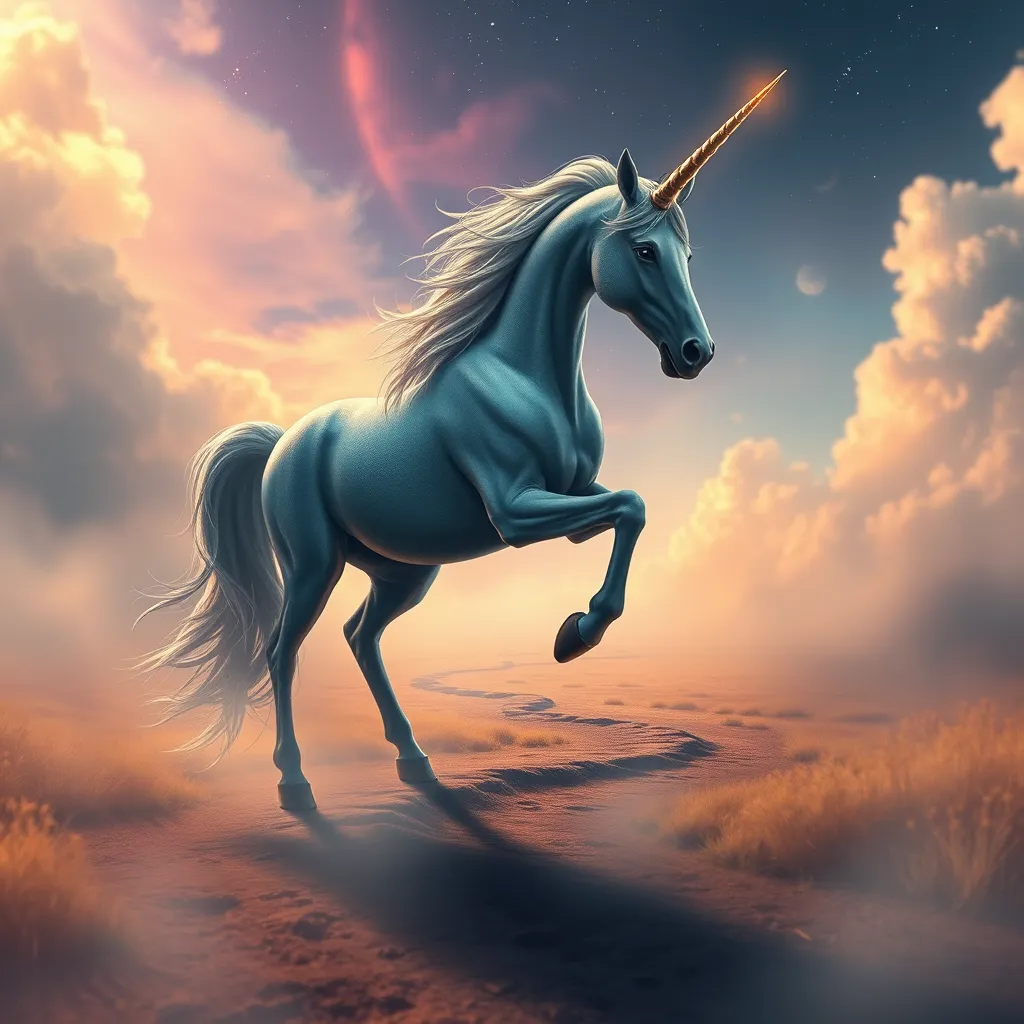The Valkyries’ Power: Exploring the Supernatural Abilities of the Divine Warriors
I. Introduction
The Valkyries, fierce and enigmatic figures in Norse mythology, embody a unique blend of warrior spirit and supernatural power. Defined as the ‘choosers of the slain’, these divine maidens are tasked with selecting those who are destined to die in battle and guiding them to Valhalla, the hall of the slain, ruled by Odin. Their significance extends beyond mere battlefield roles; they represent the ideals of bravery, honor, and the complex relationship between life and death in Viking society.
This article aims to explore the supernatural abilities of Valkyries, shedding light on their historical context, roles in battle, and their lasting impact on culture and spirituality.
II. Historical Context of the Valkyries
The origins of Valkyries can be traced back to various Norse sagas and poems, where they are depicted as both beautiful and fearsome. Some of the earliest references can be found in the Poetic Edda and the Prose Edda, which outline their duties and attributes. Historically, these figures have been significant in the Viking Age, symbolizing the valor and death that are integral to warrior culture.
In Viking society, Valkyries were not only seen as divine warriors but also as protectors of the realm and spiritual guides. Their presence in art and literature throughout history showcases their importance. For instance:
- Runestones often depict Valkyries in scenes of battle.
- Medieval manuscripts illustrate their roles in guiding souls.
- Modern interpretations continue to explore their character in various forms of media.
III. The Role of Valkyries in Battle
One of the primary roles of Valkyries is to select fallen warriors for Valhalla. They assess the battlefield, choosing those who have fought bravely and deserve a place among Odin’s honored dead. This selection process is deeply rooted in the Norse belief in fate, where the Valkyries’ decisions are intertwined with the destinies of men.
Their influence on the outcome of battles is profound. By choosing the slain, they not only determine who will ascend to Valhalla but also impact the morale and fate of those still fighting. The concept of “fate” in their decision-making emphasizes the Norse belief in predestination, where even the Valkyries are ultimately bound to the will of the gods.
IV. Supernatural Abilities: Flight and Transformation
Valkyries possess remarkable supernatural abilities, most notably their power of flight. They are often depicted soaring above the battlefield, their presence marking the transition between life and death. This ability to traverse realms symbolizes not only their role as harbingers of death but also their connection to the spiritual world.
In addition to flight, Valkyries are known for their capacity to transform into animals or other forms. This transformative power is reflective of their dual nature as both warriors and spiritual beings. The symbolism of flight and freedom in Norse beliefs can be seen in these transformations, representing the transcendence of mortal limitations.
V. Healing Powers and War Magic
Beyond their roles as warriors, Valkyries are also portrayed as healers. They possess the ability to tend to the wounds of fallen warriors, using their knowledge of herbs and runes. This aspect of their character highlights the intersection of healing and combat magic, where they embody both the destructive and nurturing forces of nature.
The use of runes and spells is integral to their battle magic. They can invoke protective spells to shield warriors in battle, as well as curses to hinder their enemies. This duality reinforces their status as powerful figures capable of influencing the tide of war.
VI. Connection to the Afterlife: Valhalla and Beyond
Valkyries play a crucial role in guiding souls to the afterlife, particularly to Valhalla. Once a warrior falls in battle, it is the Valkyries who escort them to this grand hall, where they will feast and prepare for Ragnarok, the end of the world. Their connection to Odin is significant, as they act as his agents, ensuring that the bravest souls are welcomed into his realm.
Valhalla holds immense significance in warrior culture; it is not merely a resting place but a continuation of the warrior’s life, where honor and glory are celebrated. The Valkyries, as custodians of this afterlife, embody the ideals of bravery and valor that are central to Viking beliefs.
VII. Modern Interpretations and Cultural Impact
In contemporary culture, Valkyries have transcended their mythological roots to become symbols of empowerment and strength. They are frequently depicted in literature, films, and video games, often reimagined as fierce heroines who challenge traditional gender roles. Notable examples include:
- The Marvel Comics character Valkyrie, who embodies the warrior spirit.
- Literary works that explore the complexities of their character and motivations.
- Art that celebrates their dual nature as both warriors and protectors.
The enduring legacy of Valkyries extends into modern spirituality, where they are often invoked in feminist contexts as symbols of strength and independence. Their representation in popular culture encourages a revival of interest in Norse mythology and its rich tapestry of characters and stories.
VIII. Conclusion
In summary, the Valkyries are powerful figures within Norse mythology, embodying a range of supernatural abilities that reflect their complex roles as divine warriors, healers, and guides. Their influence on the battlefield, mastery of flight and transformation, and healing powers highlight their significance in the cultural landscape of the Vikings.
As symbols of strength and empowerment, Valkyries continue to resonate in modern interpretations, reminding us of the importance of understanding these mythological figures in a broader context. Their legacy not only enriches our understanding of Norse culture but also inspires contemporary discussions on empowerment and the multifaceted nature of femininity.




